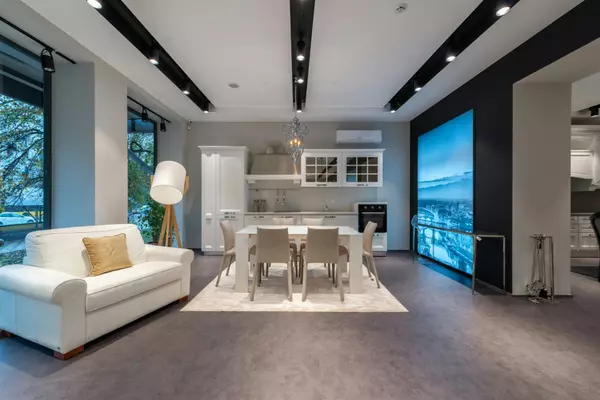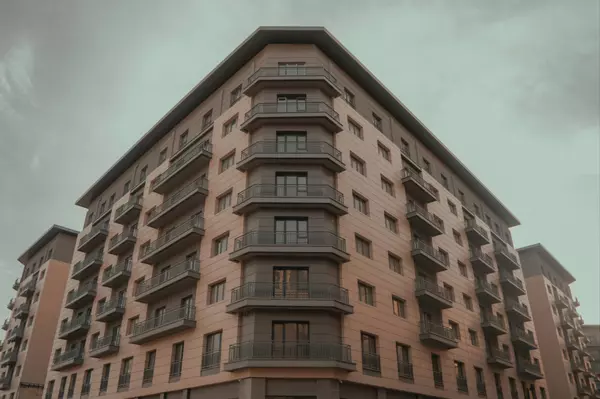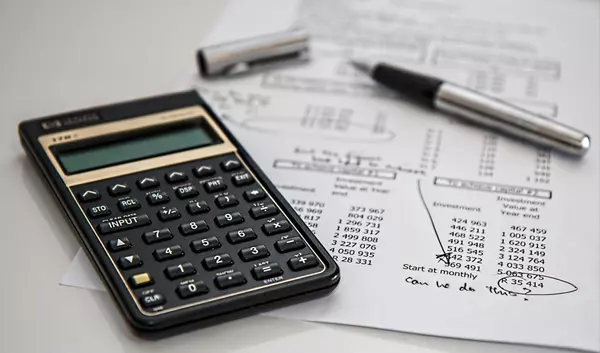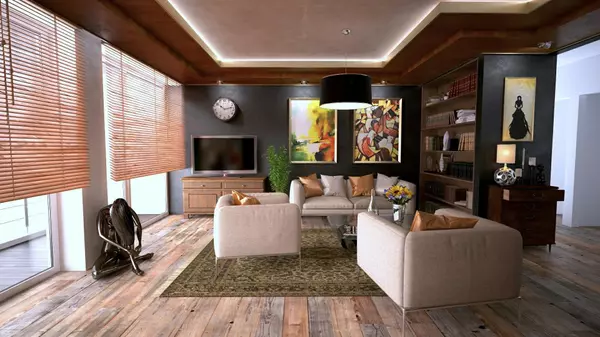The Real Cost of Homeownership: Why a Maintenance Budget Can Save You Thousands
Owning a home is one of the most reliable ways to build long-term wealth. Over time, as you pay down your mortgage and your property appreciates in value, your equity grows—often becoming one of your largest financial assets. But what many homeowners overlook is that this process works best when your home is well cared for. Neglecting maintenance not only risks expensive repairs but can also erode the equity you’ve worked so hard to build.
One of the most practical rules you can follow is setting aside at least 1% of your home’s value every year for upkeep. If your home is valued at $750,000, that means allocating about $7,500 annually toward maintenance, repairs, and preventive care. This budget isn’t just a safety net—it’s a proactive strategy to protect and grow your investment.
Why 1% Matters More Than You Think
The 1% rule is designed to help homeowners stay ahead of inevitable wear and tear. Every system in your home—from the roof to the foundation—has a lifespan. Without regular attention, minor issues can escalate quickly. A small leak in the roof that costs a few hundred dollars to repair now might become a $15,000 problem if ignored, especially if water damage spreads to walls, floors, or structural beams.
By consistently budgeting for repairs and maintenance, you can act quickly when problems arise, instead of delaying repairs due to cost. This not only saves money in the long run but also helps maintain your home’s market value, making it easier to command top dollar if you decide to sell.
California’s Unique Maintenance Needs
If you own a home in California, you face specific conditions that require added vigilance. One of the most important is termite prevention. Termites are common throughout the state and can cause severe damage to a home’s structural integrity. Annual or biannual termite inspections are relatively inexpensive but can save you from repairs that easily reach five figures.
In addition to termites, California homes may be more exposed to weather-related wear, such as sun damage, heavy rains, or even flooding in certain areas. Keeping your property in top condition means staying on top of these challenges before they turn into costly repairs.
Create a Routine for Regular Home Checkups
A simple yet effective habit every homeowner should adopt is a regular walk-through of the property. This can be done monthly or quarterly and should include both the interior and exterior. Here are a few things to look for:
-
Cracks in walls, ceilings, or foundation
-
Peeling paint or signs of wood rot
-
Loose roof tiles or shingles
-
Gutters and downspouts that are clogged or damaged
-
Signs of water intrusion or dampness
-
Malfunctioning or outdated smoke and carbon monoxide detectors
-
Wear and tear on decks, patios, or fences
Document what you find, and make a plan to address issues promptly. Many homeowners also keep a “home maintenance calendar” to schedule recurring tasks like HVAC servicing, water heater flushing, and pest control.
The Link Between Maintenance and Equity Growth
Homeownership is often viewed as a way to build wealth through appreciation, but the reality is that neglect can erase years of financial progress. A well-maintained property doesn’t just hold its value—it often commands a premium in the market. Buyers notice the difference between a home that has been consistently cared for and one that has been left to deteriorate.
Think of maintenance as an investment, not just an expense. Every repair and upgrade you make contributes to your home’s desirability and marketability. When the time comes to sell, your return on investment will be significantly higher compared to a neglected property.
Budgeting Tips for Home Maintenance
If you’re unsure how to start budgeting for maintenance, here are a few tips:
-
Open a separate savings account specifically for home repairs.
-
Automatically transfer a set amount each month (equal to 1% of your home’s value annually).
-
Adjust your budget each year based on your home’s updated value.
-
Build an emergency cushion for unexpected issues like storm damage or sudden system failures.
If you’re buying a home, factor this budget into your affordability calculations. The mortgage payment is only one part of the equation—ongoing maintenance is the true cost of ownership.
A Long-Term Mindset Pays Off
Approaching homeownership with a long-term perspective ensures your property remains an asset instead of becoming a financial burden. Preventive care protects your investment, increases your equity, and gives you peace of mind knowing your home is safe and functional.
When you treat your home like the valuable investment it is, the financial and lifestyle rewards multiply. Setting aside 1% for maintenance may seem like a small detail, but over time, it can be the difference between a home that drains your resources and one that builds your wealth.
Ready to make smart moves that protect your home’s value and grow your equity? Our team can guide you through buying, selling, and maintaining your property so it becomes a long-term asset, not a liability. Send us a message today and let’s create your strategy.
Categories
- All Blogs (127)
- Day and Weekend Trips: Quick Escapes From San Diego (8)
- San Diego East County (4)
- San Diego Legacy (1)
- San Diego Living (75)
- San Diego Neighborhoods (33)
- Things to do in San Diego (65)
- Tips for home buyers (17)
- Tips for home sellers (23)
- Tips for real estate investors (17)
- Veteran Resources (2)
Recent Posts










GET MORE INFORMATION

Real Estate Professional | License ID: 02096870
+1(619) 433-4103 | reception@hannabedersonhomes.com
